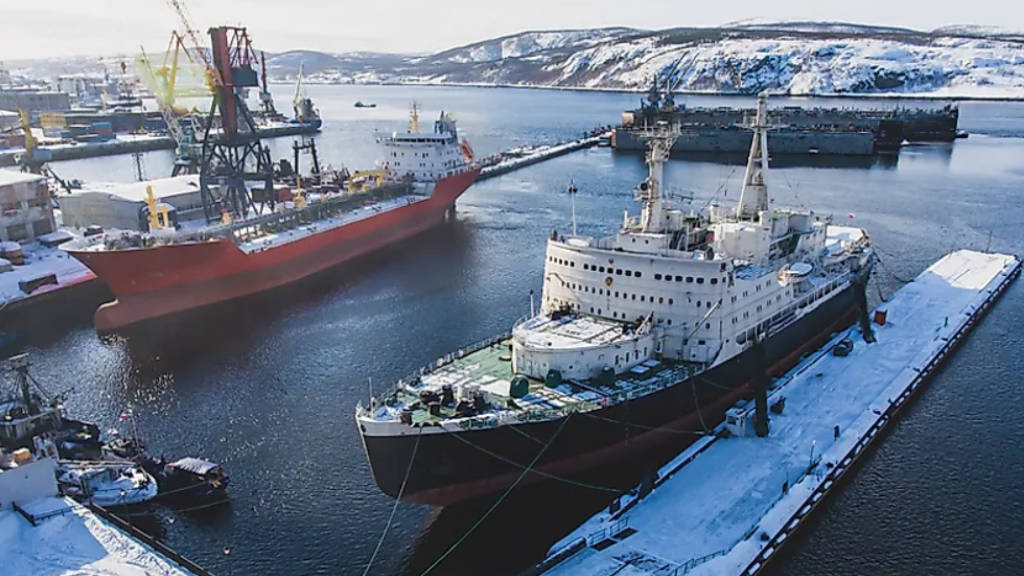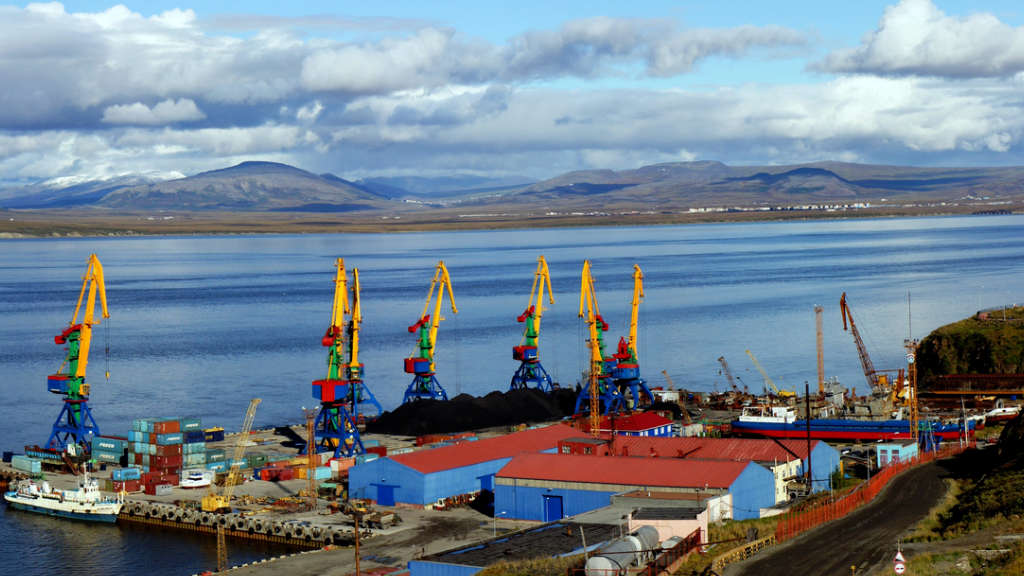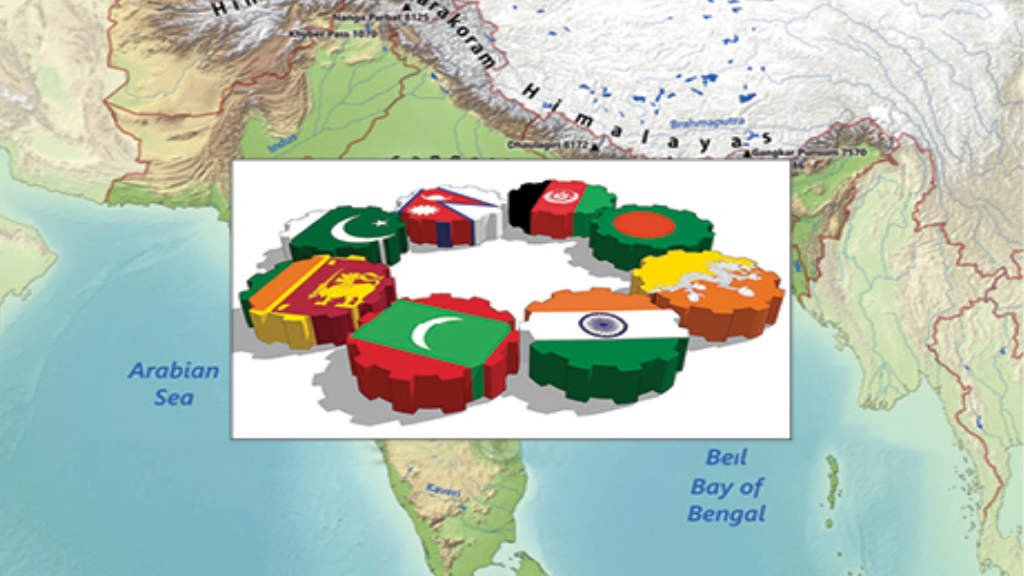Russia’s Murmansk Arctic Port, near to Norway and originally intended to service Northern Europe, has been sanctioned by the EU and remains off limits for use by European operators. However with the increasing use of the Northern Sea Route, it is ideally positioned to take advantage of Western Russian exports to China and Asia, a route that the Europeans have currently disconnected from.
Igor Kuznetsov, of consulting firm Trust Technologies, has been speaking at a regional conference on Murmansk’s development of trade routes east and has stated that “The development of the Murmansk Transport Hub and Murmansk Port could be achieved through diversifying the cargo base. The first area for growth is methanol. We see many methanol production projects developing in Russia with capacity reaching 10 million tonnes by 2030.”
Geographically, Murmansk Port will also benefit from RusChem’s project in the Nenets Autonomous District with 1.8 million tonnes annual capacity for subsequent methanol exports to China. Kuznetsov also highlighted the importance of LNG, liquefied hydrocarbon gases, and stabilized gas condensate production and transshipment through Murmansk Port. “These are Novatek’s and Gazprom Dobycha Tambei’s projects, field development. They could provide significant potential for cargo turnover growth, but again, this is mainly transshipment.” Kuznetsov said.

Additional development directions for Murmansk Port (MTH) include creating a ship repair cluster with shipbuilding capacity and developing the Northern Latitudinal Railway Route, which would link ports along the Russian Arctic coastline to Russia’s national rail network, including the Trans-Siberian Railway. China is interested in developing Yekaterinburg as the world’s largest inland port via providing exactly this type of rail infrastructure.
Currently, Murmansk ports are reporting declining cargo volumes. Murmansk Commercial Seaport (managed by JSC Port Alliance), the largest stevedoring company in Russia’s Arctic zone, handled just over 3 million tonnes in Q1 2025, down 19% compared to January-March 2024.
Murmansk Fishing Port has also seen reduced transshipment since early 2025, handling 45,300 tonnes in January-February – down 23.7% year-on-year.
Further Reading





